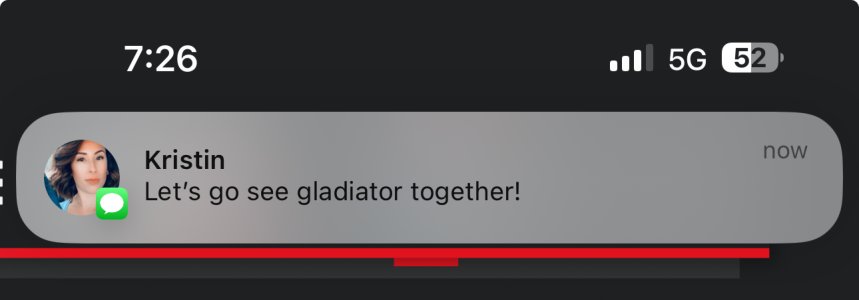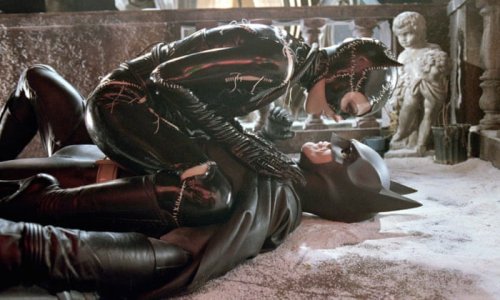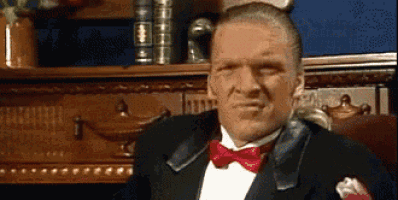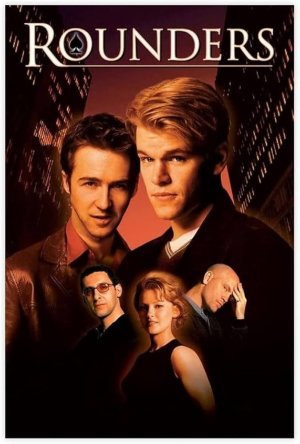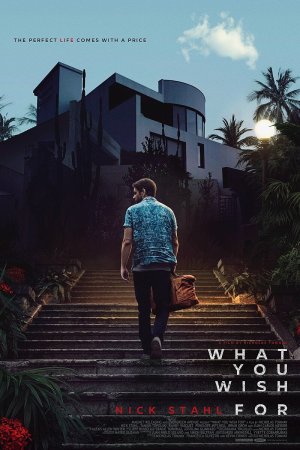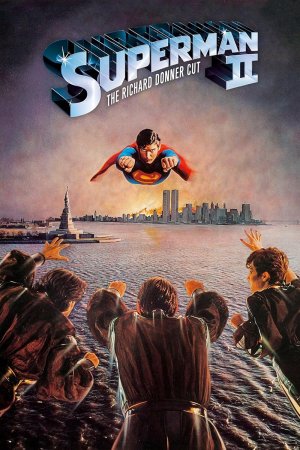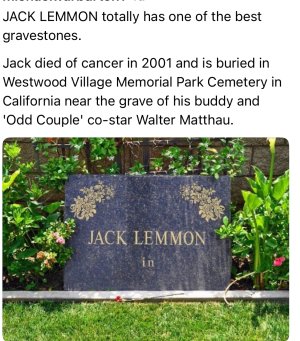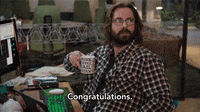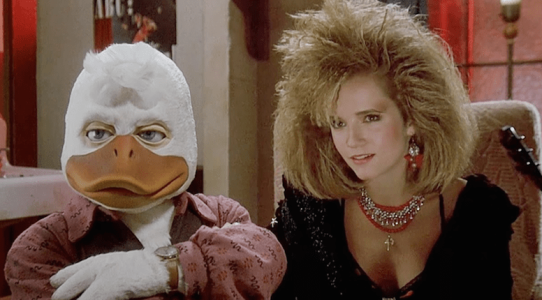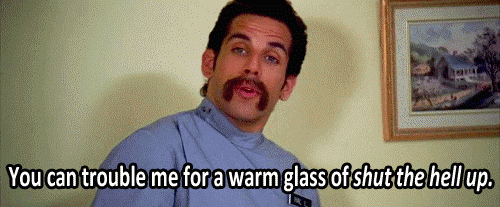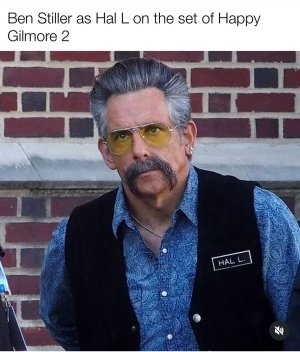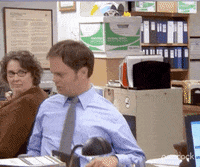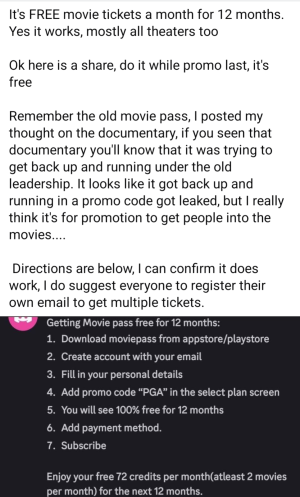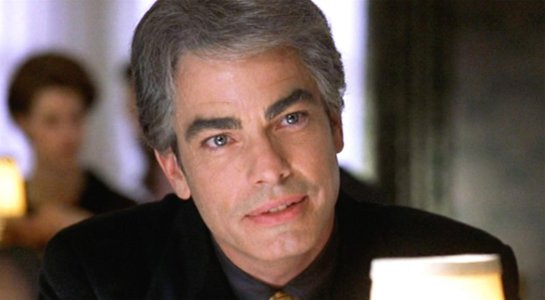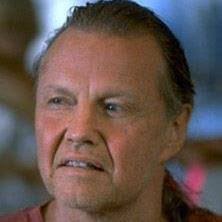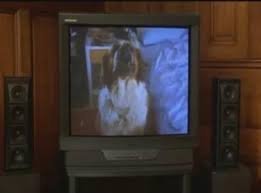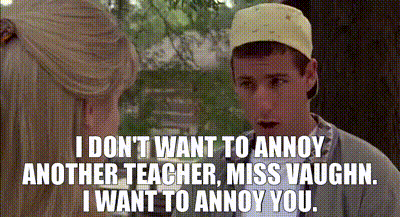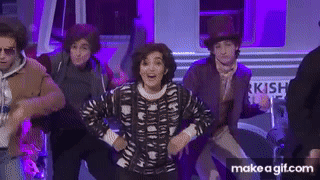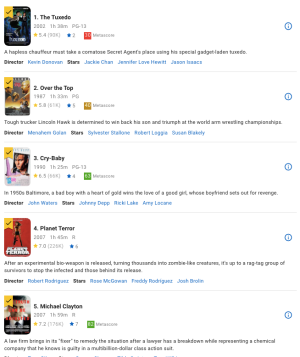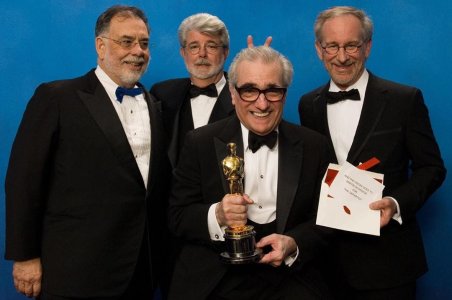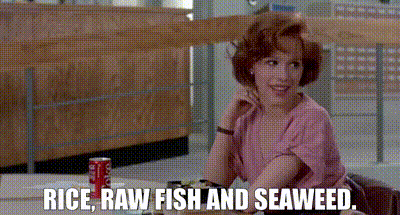Steven Spielberg is the stunt king of Hollywood; he might be the only American director who could create
Ready Player One, a film that is literally an homage to Spielberg’s own work in the 1980s.
Ready Player One is all about the adventure of a working-class Midwestern white teen boy who saves the world, the same setup as
E.T. the Extraterrestrial,
The Goonies and
Gremlins, genre-defining hits by Spielberg.
In this modern take on Spielberg films of old,
Ready Player One is essentially
Willy Wonka meets
The Matrix with a splash of
Wreck-It-Ralph, with flawless action scenes and special effects that rival each of those films in their heyday.
Unfortunately,
Ready Player One is also disturbingly brazen and comfortable in its erasure of women and black folks from ’80s popular culture. While ostensibly the movie is about nostalgia for the music, dress, toys and video games of the ’80s, it’s only through the narrow, white male view of the ’80s.
If this were simply a
Ready Player One problem, it would be understandable. However, increasingly, through movies and television shows, the 1980s are being rewritten in real time, erasing the burgeoning diversity of the time and replacing it with an unshakable white gaze.
Ready Player One takes places in 2045 in Columbus, Ohio, a city growing so fast, trailer homes are placed on top of one another to form “stacks,” the equivalent of urban housing “projects.” Everyone escapes the drudgery of the real world in the virtual reality OASIS, where people’s avatars engage in commerce, socializing and immersive video-game-type adventures that lean heavily on ’80s pop culture.
OASIS creator James Halliday went missing five years before the movie. Nevertheless, like a Silicon Valley Willy Wonka, he’s left a video promising that the gamer who discovers three hidden keys within the vast OASIS will be able to control the entire operation, essentially the most valuable resource in the world.
Regular nobody Wade Watts (bland Tye Sheridan) has been gunning for the clues for years, as well as his friend Aech (played with equal flatness by Lena Waithe), love interest Art3mis (Olivia Cooke) and evil mega-corporation chairman Nolan Sorrento (Ben Mendelsohn), whose Innovative Online Industries just wants to run the OASIS on its own.
The movie has a great setup and a serviceable cast. Then the world it creates all falls apart.
First, given America’s demographic changes, by 2045, chances are Wade Watts isn’t a white guy, he’s black or brown or something in between. However, it’s this kind of whiteness by default that defines and weakens the entire film.
The ’80s-themed OASIS everyone so blissfully plays in is a very white and male place; so much so, it’s unfamiliar to anybody watching the film who actually lived during that era.
The OASIS has Ninja Turtles, Ryu from “Street Fighter” and DeLoreans from
Back to the Future, all white or white-male-identifying characters or films.
Where is the
Ghostbusters’ Winston Zeddmore? Jazz from
The Transformers? Panthro from
Thundercats (c’mon,
we all know he was black), or even prominent women like Rainbow Brite, Strawberry Shortcake and She-Ra?
Out of all the pop-culture characters available to her, would Lena Waithe’s Aech (who, both in the
Ready Player One book and in reality, is a black lesbian) really choose white male robots and cyborgs as her avatars? Black sci-fi folks go out of their way to find people of color, even aliens, to play in games in order to have some reflection of their identity. If that means cosplaying as Roadblock from G.I. Joe or a mechanized
Claudia LaSalle from Robotech, so be it.
Ready Player One gives no such agency to the characters of color, even in the future; they view the past through the collective memory of white men. That kind of collective-memory erasure is no small thing; it makes the movie inauthentic and is representative of a larger problem in many recent ’80s period movies and television shows.
Ready Player One, much like AMC’s
Halt and Catch Fire, Netflix’s
Stranger Things and FX’s
The Americans, takes our modern values and transposes them onto the 1980s. So, on the one hand, women are completely accessories for male leads, and LGBT characters are presented, and with nuance, but no such reimagining seems to occur with black culture or issues; in fact, the opposite is happening.
For all the punk,
A-ha and
Peter Gabriel love ballads you heard on four seasons of
Halt and Catch Fire, you’re telling me that nobody ever listened to a rap song? Even though Run-DMC and the Beastie Boys were two of the most influential acts of the decade?
Stranger Things can identify an abusive father by making sure he screams the homophobic slur “******” in 1984, but it conspicuously dances around the fact that Lucas, the token black kid on the show, is
being bullied by a racist?
I can tell you without question that “working class” Midwestern white folks had no problem calling anybody “******” or “******” in the ’80s, no matter how much modern writers want to pretend otherwise.
Even
The Americans, which does a better job with the complexities of race than most other ’80s period shows, still falls far short of a legitimate multicultural view of the Reagan era. There are at least a dozen episodes in which the family watches television, but they’ve
never watched
The Cosby Show? Their Christian, politically liberal daughter never rocked a “Rev. Jesse Jackson for President” T-shirt?
Collective white memory is a serious drug.
The erasure of black culture from the collective memory of the 1980s is no small nitpicking of the liberal cultural critic. Every time black folk are written out of America’s past, we have to fight to relearn it.
Writ large,
Ready Player One, with its frothy retelling of the ’80s, is no different from decades of Western films with no black cowboys, rock ’n’ roll retrospectives that eliminate the black roots of the music, and commercials that appropriate our past while removing us from it. Today’s Gap commercials would lead you to believe that white people invented breakdancing and pop-locking.
Recasting the past for mass consumption isn’t simply an oversight, it’s an act of cultural hostility. Your past is being gentrified: In essence, get with the program or be erased from history.
There is literally a scene in
Ready Player One where Aech is “punished” for not knowing the same pop-culture references of other main heroes. It’s a not-so -subtle message about race and assimilation: You’re welcome so long as you view the past through our white lens, and our experience supersedes your own lived experience.
Yes, the ’80s were about spiked-hair gel, but they were also about high-top fades. Americans loved the Terminator’s “I’ll be back” as much as they loved Axel Foley’s famous laugh and signature Detroit Lions jacket.
The 1980s were the beginning of the true integration of “black culture” into mainstream American “white culture,” but
Ready Player One would have us believe that a five-second dress-up montage featuring a
Purple Rain Prince suit and Michael Jackson’s red-leather
Thriller jacket was the only thing black people contributed to pop culture from 1980 to 1989.
As pure adventure escapism,
Ready Player One is a fun movie, but it is ultimately alienating. The film doesn’t ask; instead, it aggressively forces you to rearrange your memory of ’80s popular culture in order to go along for the ride.
If you’re not willing to do that, you can’t win the game. But when you notice that the game was never made for you, there’s a lot less interest in playing, let alone watching.


 But that's Hollywood for you..
But that's Hollywood for you..








